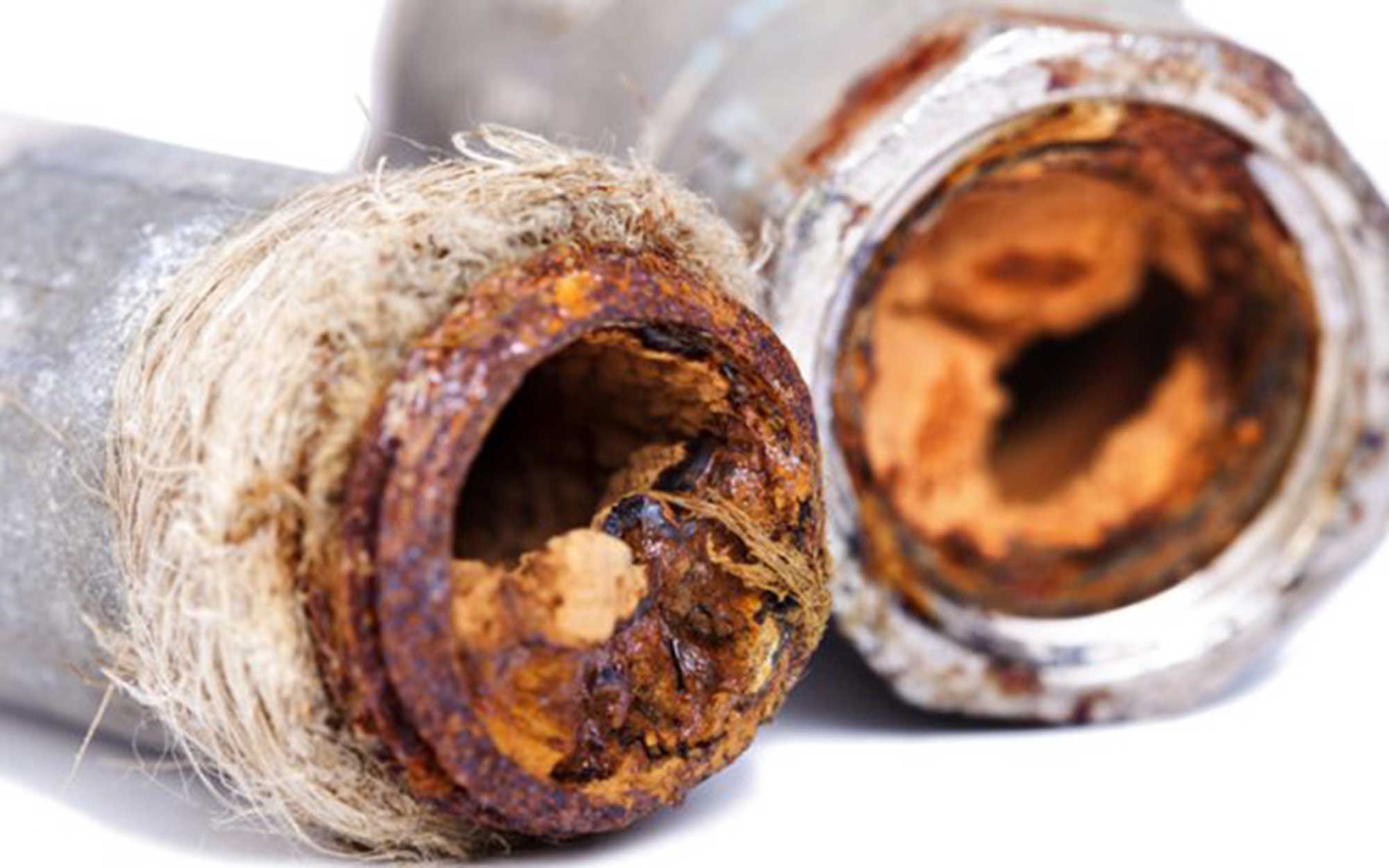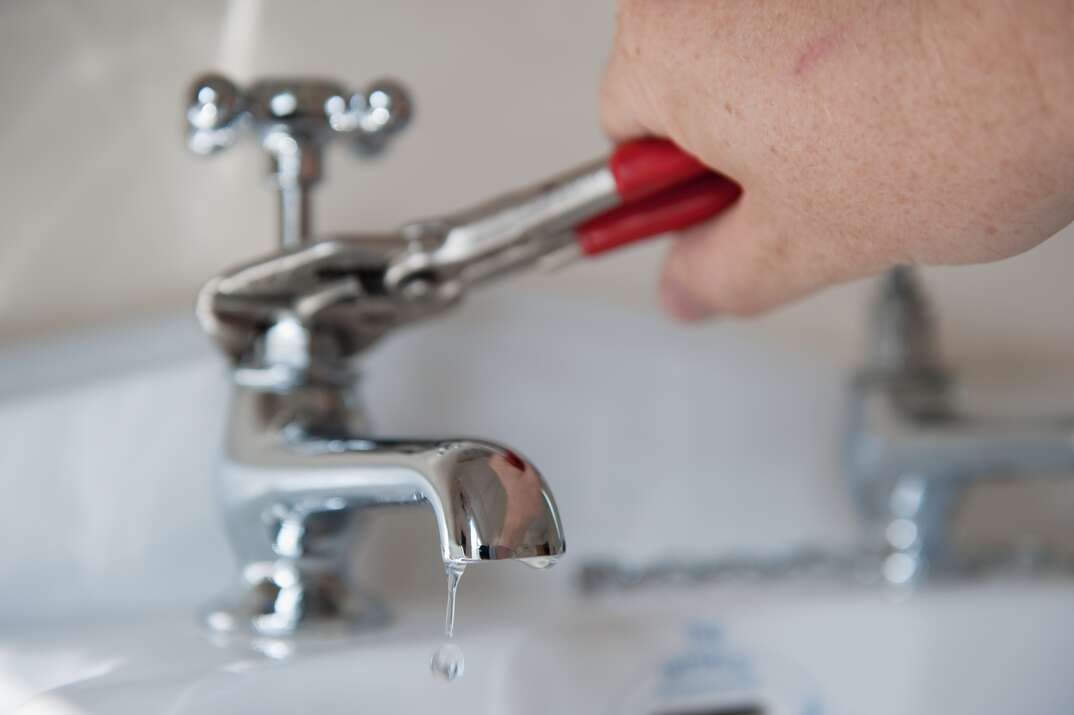Effective Strategies To Silence Plumbing Noises
Effective Strategies To Silence Plumbing Noises
Blog Article
What are your ideas with regards to Why Do My Pipes Make Noises?

To identify noisy plumbing, it is necessary to identify initial whether the undesirable sounds take place on the system's inlet side-in various other words, when water is transformed on-or on the drain side. Sounds on the inlet side have differed reasons: too much water stress, worn shutoff and faucet parts, incorrectly connected pumps or other appliances, inaccurately positioned pipeline fasteners, and also plumbing runs including way too many tight bends or other restrictions. Sounds on the drainpipe side typically stem from inadequate place or, just like some inlet side sound, a design including limited bends.
Hissing
Hissing noise that takes place when a faucet is opened a little normally signals excessive water stress. Consult your local water company if you suspect this issue; it will certainly be able to tell you the water pressure in your area as well as can install a pressurereducing valve on the incoming water pipe if needed.
Thudding
Thudding noise, usually accompanied by trembling pipes, when a tap or appliance shutoff is turned off is a problem called water hammer. The noise and vibration are caused by the reverberating wave of stress in the water, which unexpectedly has no place to go. Sometimes opening up a valve that releases water rapidly into an area of piping including a constraint, elbow, or tee fitting can generate the very same condition.
Water hammer can typically be treated by setting up installations called air chambers or shock absorbers in the plumbing to which the issue valves or faucets are connected. These gadgets allow the shock wave created by the halted flow of water to dissipate airborne they have, which (unlike water) is compressible.
Older plumbing systems might have short upright sections of capped pipeline behind walls on faucet competes the exact same objective; these can ultimately loaded with water, minimizing or destroying their efficiency. The treatment is to drain the water system entirely by shutting off the primary supply of water valve and opening up all taps. Then open the primary supply shutoff and close the taps individually, beginning with the tap nearest the shutoff and also ending with the one farthest away.
Chattering or Shrieking
Extreme chattering or shrilling that happens when a valve or faucet is activated, and that generally disappears when the fitting is opened completely, signals loose or defective internal components. The option is to replace the valve or tap with a brand-new one.
Pumps and appliances such as cleaning devices and dish washers can transfer motor sound to pipes if they are poorly connected. Connect such products to plumbing with plastic or rubber hoses-never inflexible pipe-to isolate them.
Other Inlet Side Noises
Squeaking, squeaking, damaging, snapping, as well as touching typically are brought on by the expansion or contraction of pipes, typically copper ones supplying hot water. The sounds occur as the pipes slide versus loosened bolts or strike close-by home framing. You can usually identify the location of the problem if the pipelines are subjected; just follow the noise when the pipes are making noise. Most likely you will uncover a loose pipeline hanger or a location where pipelines lie so close to flooring joists or other mounting items that they clatter versus them. Affixing foam pipeline insulation around the pipes at the point of contact should remedy the problem. Make certain straps and wall mounts are safe and secure as well as offer adequate assistance. Where possible, pipeline bolts should be affixed to large structural components such as foundation wall surfaces rather than to mounting; doing so reduces the transmission of resonances from plumbing to surfaces that can intensify as well as move them. If affixing bolts to framing is unavoidable, wrap pipes with insulation or other durable product where they speak to bolts, and also sandwich completions of new fasteners between rubber washers when installing them.
Fixing plumbing runs that suffer from flow-restricting tight or numerous bends is a last resort that must be taken on just after getting in touch with a knowledgeable plumbing contractor. Regrettably, this situation is rather common in older homes that might not have been built with interior plumbing or that have actually seen a number of remodels, especially by beginners.
Drain Noise
On the drainpipe side of plumbing, the chief goals are to remove surfaces that can be struck by dropping or rushing water and to protect pipes to have inevitable audios.
In new building and construction, tubs, shower stalls, toilets, as well as wallmounted sinks and also basins must be set on or against durable underlayments to lower the transmission of sound with them. Water-saving commodes and also taps are much less loud than traditional models; install them as opposed to older kinds even if codes in your area still permit using older components.
Drainpipes that do not run up and down to the basement or that branch right into horizontal pipeline runs supported at flooring joists or various other mounting present especially troublesome sound troubles. Such pipelines are big sufficient to radiate significant vibration; they also carry significant quantities of water, that makes the circumstance worse. In new building and construction, define cast-iron soil pipes (the huge pipelines that drain toilets) if you can manage them. Their massiveness contains a lot of the noise made by water passing through them. Additionally, prevent routing drains in walls shown to bed rooms and areas where people gather. Wall surfaces having drains should be soundproofed as was defined earlier, making use of double panels of sound-insulating fiber board and wallboard. Pipelines themselves can be covered with special fiberglass insulation produced the purpose; such pipes have a resistant vinyl skin (often containing lead). Results are not always acceptable.
If Your Plumbing is Making These Sounds, There’s a Problem
A Bang or Thump When You Turn Off a Faucet
If a loud bang or thump greets you each time your turn off running water, you likely have a water hammer. A water hammer occurs when the water velocity is brought to a halt, sending a shock wave through the pipe. It can be pretty jarring — even worse, damaging to your plumbing system. All that thudding could loosen connections.
Strange Toilet Noises
You’re so familiar with the sounds your toilet makes that your ears will be attuned to anything out of the ordinary. Fortunately, most unusual toilet noises can be narrowed down to just one of several problems.
Foghorn sound:
Open the toilet tank Flush the toilet When you hear the foghorn noise, lift the float to the top of the tank If you’re ambitious, you can remove the ballcock valve and disassemble it to replace the washer. Or you can more easily replace the ballcock valve entirely. This device is relatively inexpensive and available at most any hardware store.
Persistent hissing:
The hissing following a flush is the sound of the tank filling. It should stop once the tank is full. But if the hissing continues, it’s likely because water is leaking out of the tank. The rubber flap at the bottom of the tank can degrade, letting water slip through and into the bowl. That’s why the tank is refilling continuously. Fortunately, this is an easy fix:
Cut the water to the toilet by closing the shutoff valve on the water supply line. Flush the toilet to drain the tank. Disconnect the flapper Attach the new flapper Gurgling or bubbling:
Gurgling or bubbling suggests negative air pressure in the drain line, likely resulting from a clog. As air releases, it causes the water in the toilet to bubble. This could either be a minor issue or a major one, depending on the clog’s severity. Clogs can be caused by toilet paper or more stubborn obstructions such as tree roots. If you can’t work out the clog with a plunger, contact a professional plumber for assistance because a clog of this magnitude could lead to filthy and unsanitary sewage backups in your sink bathtub.

We were introduced to that article on Why Do My Pipes Make Noises through someone on another blog. Sharing is caring. You won't know, you may be doing someone a favor. I truly appreciate reading our article about Diagnose Unwanted Plumbing Noises.
Click On This Link Report this page